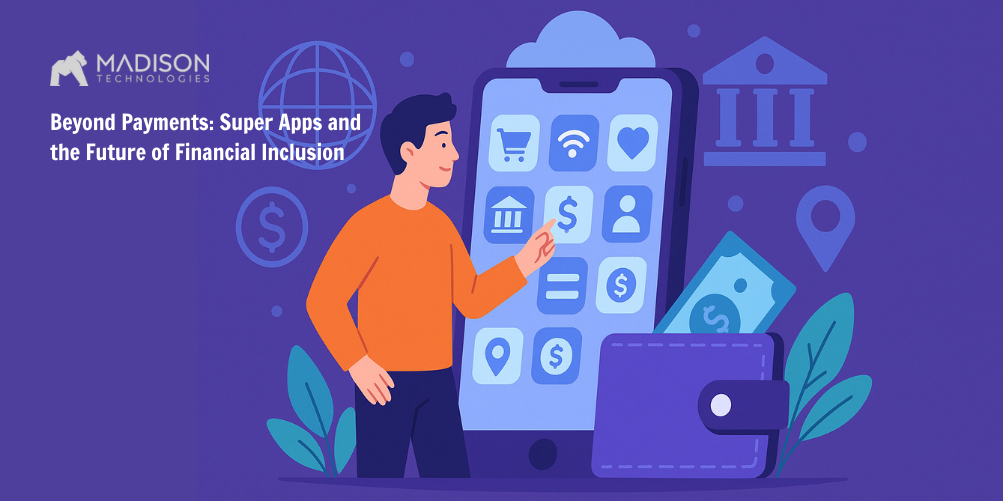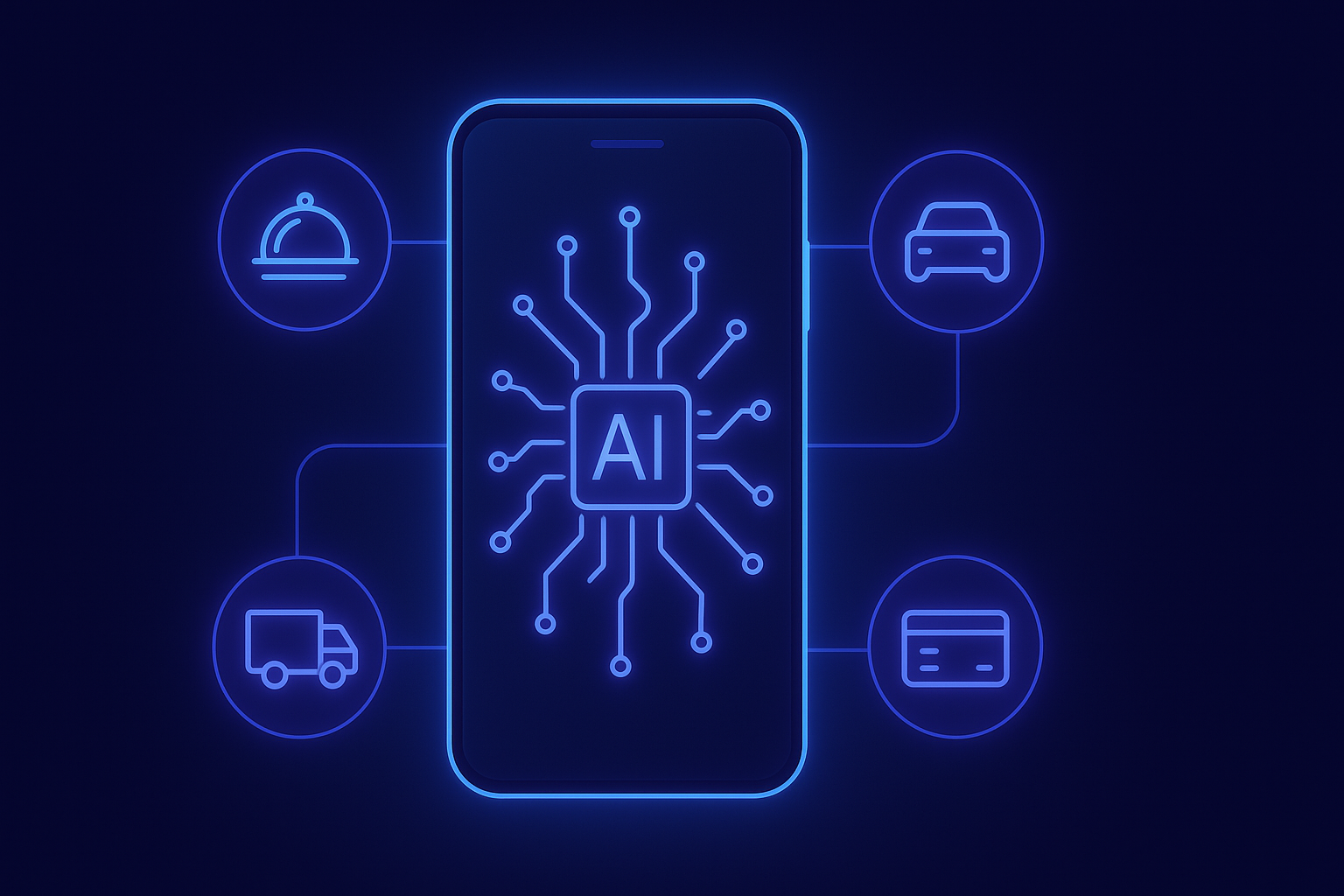Beyond Payments: Super Apps and the Future of Financial Inclusion

In Nairobi, millions use M-Pesa daily for more than just sending money—they save, borrow, and grow businesses. In Southeast Asia, GrabFin links e-wallets with insurance and micro-investment tools. Super Apps are reshaping lives.
But if all they do is payments, we’re underutilizing their true potential.
So where are Fintech Super Apps heading—especially in ESG and Financial Inclusion?
From Wallets to Ecosystems: The Rise of Fintech Super Apps
A Super App is no longer just an e-wallet. It’s an ecosystem that integrates:
- Digital banking
- Micro-investments
- Insurance
- Credit scoring
- Crowdfunding
This convergence is creating what Madison calls “financial lifestyle platforms”. Platforms that not only meet individual needs but reflect values—like environmental awareness and social inclusion.
Integrating ESG Into the DNA of Fintech Super Apps

Super Apps are well-positioned to turn ESG (Environmental, Social, Governance) principles from boardroom reports into real user actions:
E – Environment:
Users get a “carbon receipt” after each transaction. Choosing digital tickets over paper or shopping from eco-friendly merchants? They earn rewards. Madison helped a client integrate carbon tracking APIs—user adoption exceeded 40% in 6 months.
S – Social:
Embedded micro-loans empower women-led businesses. A built-in crowdfunding hub supports local causes. One Madison project in India linked e-KYC to rural women’s co-ops, unlocking double-digit access growth.
G – Governance:
Super Apps can visualize ESG scores of partner brands, using automated AI-driven dashboards. Madison’s secure data pipeline ensures ESG metrics are auditable—compliant with SOC2 and GDPR standards.
Driving Financial Inclusion at Scale
Legacy banks often fail to reach the 1.7 billion unbanked. Super Apps, with their mobile-first UX and smart integrations, bridge that gap:
- e-KYC via AI: Onboards users without documents in under 3 minutes.
- Micro-savings & Insurance: Build safety nets for low-income families.
- SMS/USSD Access: Bring mobile finance to rural areas, even without smartphones.
- Community Banking Models: Rotate group credit via app-based circles.
Madison partnered with a Malaysian fintech to roll out a USSD-based micro-loan feature. Within 4 weeks, 15,000 users joined—with default rates below 5%.
Case Study: Building Fave India’s Financial Super App
Challenges Faced:
- Complex multi-service architecture
- Rapid user growth → scalability pain
- Regulatory overhead (PCI DSS, local compliance)
- UX consistency across mobile/web
- Continuous updates for fintech policy shifts
Madison’s Approach:
- Modular Super App architecture using Ruby on Rails (backend) and ReactJS (frontend)
- Native mobile via Swift (iOS) & Kotlin (Android)
- Deployed on AWS with elastic scaling
- Integrated privacy-first design (CI/CD security layers)
Results Delivered:
- Scaled to 100,000+ MAUs within 6 months
- Reduced time-to-market by 30%
- Achieved 99.9% uptime with zero PII leakage
- Enabled multi-service rollout (e-wallet + micro-loans + insurance)
Tech Stack That Enables Transformation
To unlock ESG and financial inclusion, Super Apps need more than features—they need a flexible, secure, and scalable foundation:
- Backend: Ruby on Rails – modular, testable
- Frontend: ReactJS – unified web experience
- Mobile: Swift (iOS), Kotlin (Android)
- Infrastructure: AWS – auto-scaling, SOC2-ready
At Madison, we integrate these with sprint cycles and secure DevOps pipelines to ensure compliance and resilience from day one.
Conclusion: The Super App Mandate
The next era of Super Apps isn’t just digital—it’s sustainable and inclusive.
Fintechs and startups that fail to embed ESG and financial inclusion today risk becoming obsolete tomorrow. But those who lead now can reshape access to finance for millions.






